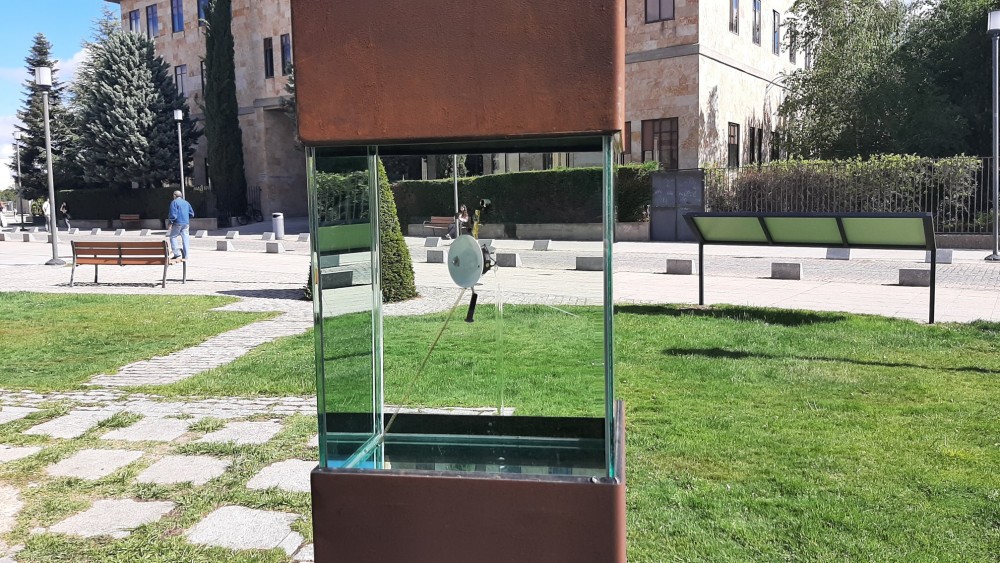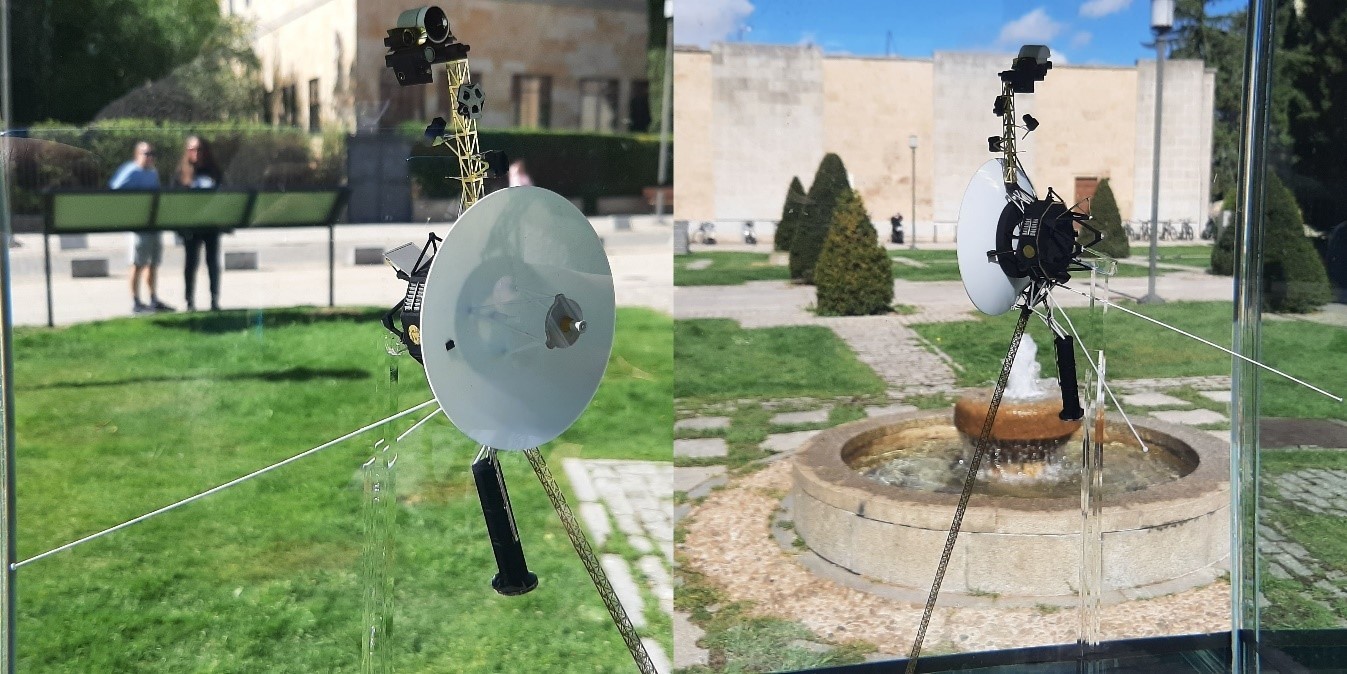An intrepid explorer in the far reaches of the Solar System: Salamanca

Humans’ ingenuity and yearning to explore have led us to build space probes that have heightened our awareness of the world beyond Earth’s immediate vicinity.
We’ve achieved soft landings on planets such as Venus and Mars, moons including our own and Titan, asteroids such as Ryugu and Bennu, and comets such as 67P/Churyumov–Gerasimenko (“Churry” to friends), which welcomed Philae, the Rosetta mission lander entrusted by the European Space Agency with this visit.
But the world beyond Saturn's orbit is a truly solitary place.
Only one robotic emissary (Voyager 2) has visited Uranus (though a second one has high priority in NASA’s plans and China has planned another one for 2043). Similarly, Voyager 2 has so far been the only human artifact to reach Neptune, though China is also seeking to send one of its own. And Pluto has only had one visitor, New Horizons, which, unlike the protagonist of The Englishman who Went up a Hill but Came down a Mountain, was launched towards a planet and reached... a dwarf planet.
Because departing from the Sun's warmth is quite a challenge.
Leaving behind the solar system and immersing ourselves in interstellar space requires using the gravity of various planets as “catapults” in a sort of interplanetary game of billiards, a feat for which five extraordinary human contraptions have been designed: Voyager 1 (the first to do so in 2012, thirty-five years after it was launched), the aforementioned Voyager 2 (in 2018) and New Horizons (which will follow in 2040), as well as Pioner 10 y Pioner 11 (inactive for twenty-five years).
And the Solar System is quite a large place.
We’ve already explored its vast size thanks to the Ciudad Rodrigo's scale model of the Solar System that we built through the Astróbriga astronomy association. A scale of 1:290,000,000 means that the Earth is 4.4 cm in diameter and 500 m from the Sun, and little Pluto is at over by the town of Fuentes de Oñoro, on the border with Portugal, 20 km from the Sun.
Well, at this scale our first envoy to the stars, Voyager 1, is steadily progressing at the rate of five meters per day and is currently right up against the medieval city walls of Salamanca.
To celebrate this happy event, we contacted Salamanca City Council to suggest placing a model of the probe in some meaningful place in the city, and following many ups and downs and property reports, we got it: you can find our probe in La Merced Plaza, between the School of Math and the School of Science at the University of Salamanca.
Obvious, on the scale of the Ciudad Rodrigo Solar System, Voyager would be quite small, and so to make it visible, we had to magnify it times six million. But in order to not lose sight of the system's scale, which is key to the overall experience, the explanatory panel depicts the probe alongside a reference from the nano-world: a molecule of DNA, the molecule bearing our genetic code, the typical size of which is comparable to that of the probe, and sparks reflection on the connections between our personal “instruction manual” and our messenger to other civilizations.
For the model's society debut, we made the following video with Salamanca City Council.
Starting in Ciudad Rodrigo and extending throughout the surrounding region, with a notable ambassador in Salamanca, the scale model of the solar system is an educational tool that promotes scientific culture and adds value to the towns hosting the various elements. Be sure to visit if you get a chance!
P.S.: And if you're interested in learning absolutely all there is to know about the Voyager probes, I wholeheartedly recommend Viajes interestelares. Historia de las sondas Voyager [Interstellar journeys: the story of the Voyager probes], by Pedro León.
Author: Juan Carlos Gil

